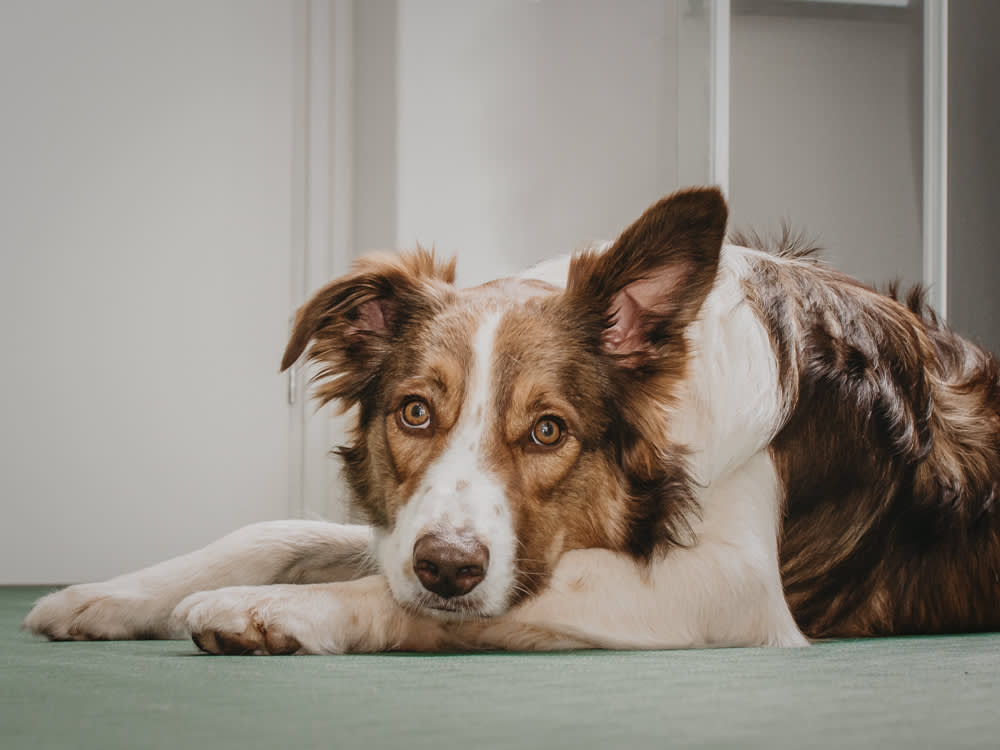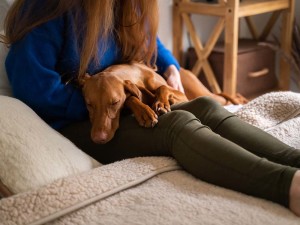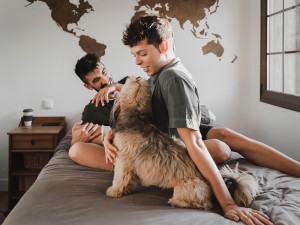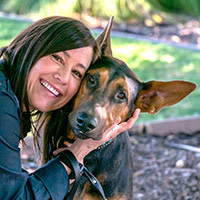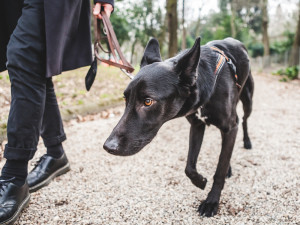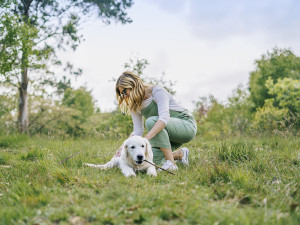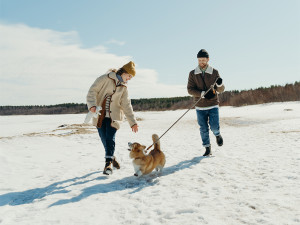What to Do If Your Dog Eats Gorilla Glue
The goo in that green-and-orange bottle can cause serious harm – get your dog to the vet ASAP
Gorilla Glue is great for arts and crafts and fixing random things (like your fridge drawer that cracked) but it’s important to not leave it laying around. The goo in that green-and-orange bottle can cause serious harm if it’s inhaled, rubbed into the eyes and skin, or ingested. (A full list of risks associated with using Gorilla Glue, including toxicity, can be found on the brand’s safety sheetopens in new tab.) Keep reading to learn what to do if your dog accidentally ingests it.
Health hazards associated with Gorilla Glue
Gorilla Glue is a popular polyurethane-based adhesive that, when ingested, can cause serious problems – including death – if not properly diagnosed and treated. While classified as ‘non-toxic’, this glue contains a catalysing agent called diphenylmethane diisocyanate (MDI).
Get (totally free) deals for food, treats, accessories, tech and way more pet parenting must-haves.
When MDI-based adhesives come in contact with water, they expand rapidly and create a hard foam material. The rate of this reaction is enhanced in warm and acidic environments, such as the stomach, which is why ingestion of Gorilla Glue most commonly results in a gastrointestinal obstruction. The reaction also produces heat, which can result in secondary complications such as thermal burns to the oesophagus and stomach, which can also be life threatening.
Symptoms of Gorilla Glue ingestion
If a pet has ingested Gorilla Glue, adverse effects may include loss of appetite, restlessness, difficulty breathing, vomiting, or a change in behaviour indicating pain. Signs generally develop within 15 minutes, but can occur up to 20 hours following ingestion.
The glue can expand and harden within minutes, and stomach obstruction or injury to the oesophagus can occur while in the process of vomiting, which is why it’s important not to force it. It should also be noted that ingestion of as little as 50g will likely cause obstruction in a medium-sized, 20kg dog.
What to do if your dog ingests Gorilla Glue
Most importantly, do not induce vomiting at home. When a dog ingests Gorilla Glue or another polyurethane-based adhesive, it’s tough to determine the cause without seeing it happen or evidence. If ingestion is suspected, seek medical attention as soon as possible.
How Gorilla Glue ingestion is diagnosed
Radiographs of a dog’s abdomen often show evidence of the ingested glue mass, which can sometimes be mistaken for ‘food bloat’ – another name for when your dog ingests a large amount of food, resulting in distention of the stomach. That’s why history is a critical part of diagnosis, and it’s important to mention if you have Gorilla Glue or something similar in your home, even if you don’t think your dog could’ve accessed it.
Treatment for Gorilla Glue ingestion
In cases where an obstruction develops, surgery is needed to remove the glue mass. Prompt identification of the problem and medical care greatly improve your dog’s chances of a successful outcome.
How to prevent Gorilla Glue accidents
Polyurethane adhesives may taste sweet to dogs, so as always, the best treatment is prevention. If you use MDI-based glues, be sure to keep them away from pets and children, and clean up any accidental spills quickly. I have personally treated three cases of glue ingestion in the past couple of years. Hopefully, this information will prevent me from seeing many more.
